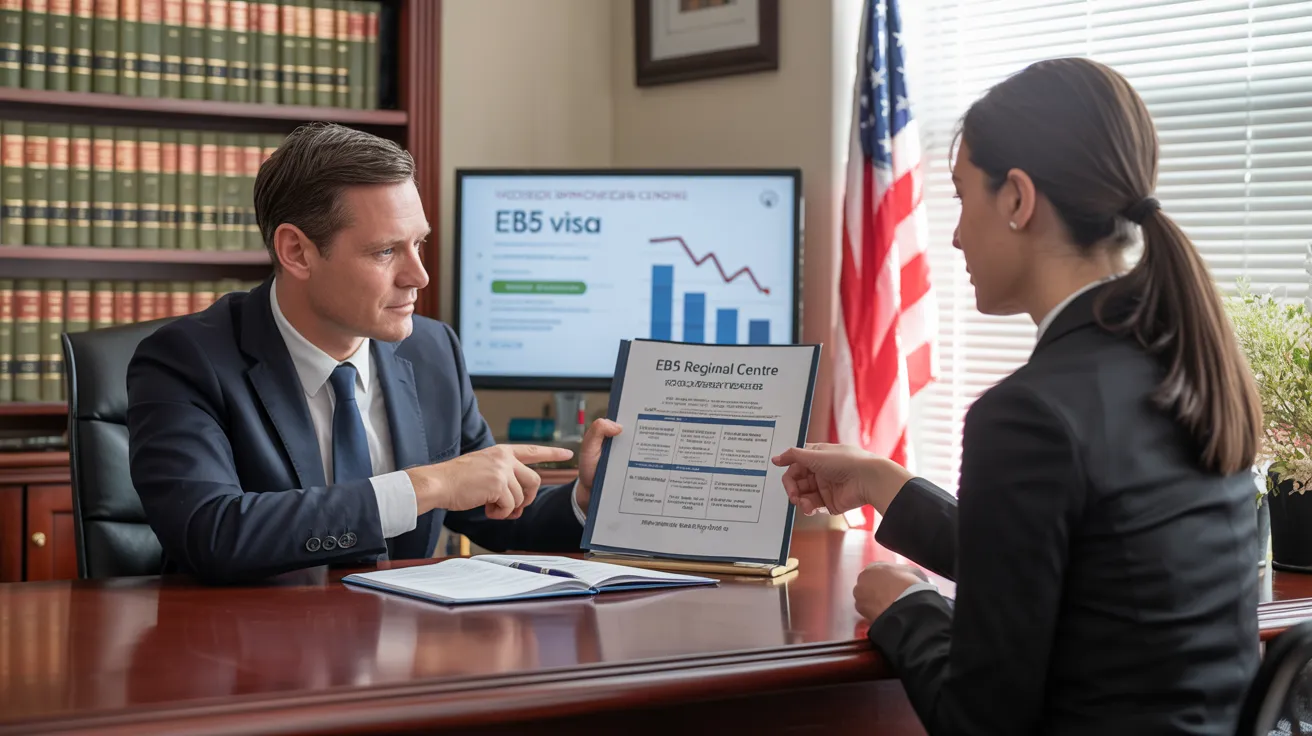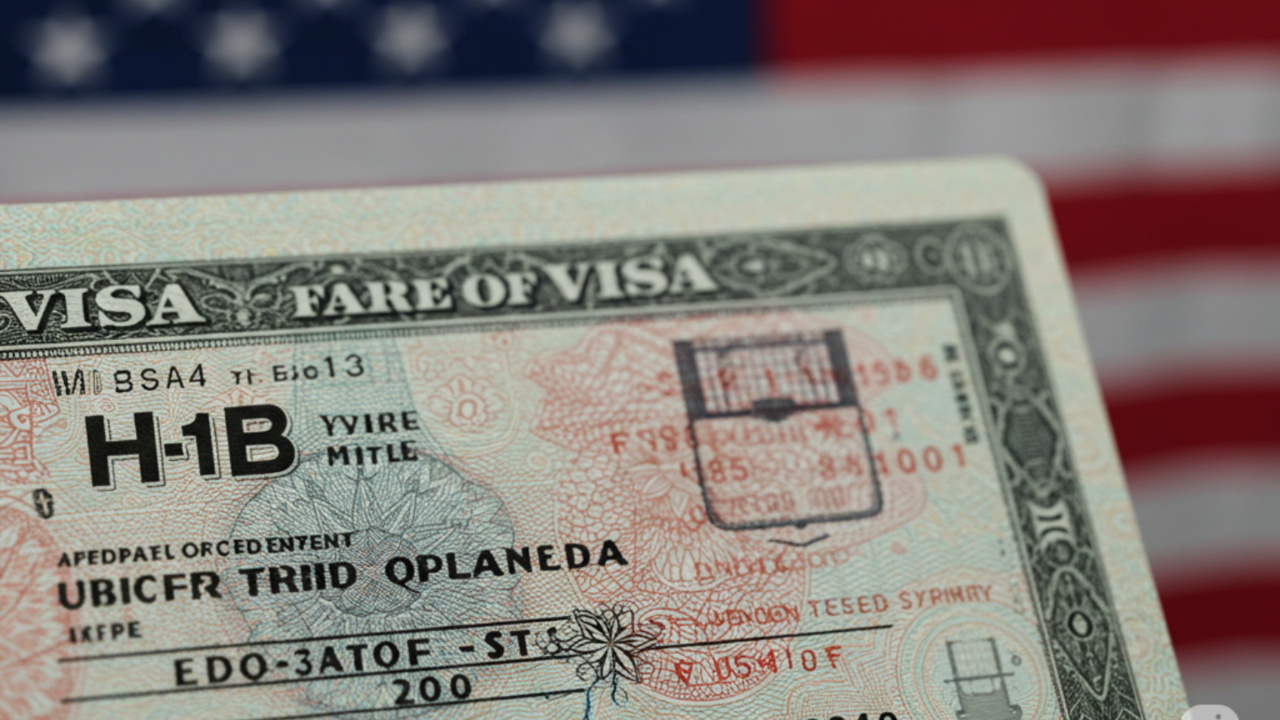The Ultimate Guide To L1 Visa
Table of ContentsSome Known Incorrect Statements About L1 Visa Getting The L1 copyright WorkSome Ideas on L1 Visa You Need To KnowFacts About L1 Visa RevealedThe L1 Visa DiariesThe 5-Minute Rule for L1 Visa
Available from ProQuest Dissertations & Theses Worldwide; Social Scientific Research Costs Collection. DHS Office of the Examiner General. Retrieved 2023-03-26.
United State Department of State. Recovered 2023-02-08. Tamen, Joan Fleischer (August 10, 2013).
Getting My L1 copyright Work
In order to be qualified for the L-1 visa, the international business abroad where the Recipient was employed and the U.S. firm should have a qualifying partnership at the time of the transfer. The different types of certifying relationships are: 1. Parent-Subsidiary: The Parent implies a firm, company, or other legal entity which has subsidiaries that it possesses and manages."Subsidiary" means a company, firm, or other lawful entity of which a parent has, straight or indirectly, more than 50% of the entity, OR owns less than 50% however has monitoring control of the entity.
Instance 1: Company A is incorporated in France and utilizes the Beneficiary. Firm B is incorporated in the united state and wishes to petition the Recipient. Company A possesses 100% of the shares of Firm B.Company A is the Moms And Dad and Company B is a subsidiary. There is a qualifying connection between the two companies and Business B ought to be able to fund the Recipient.
Example 2: Business A is integrated in the U - L1 Visa.S. and intends to seek the Recipient. Company B is included in Indonesia and employs the Recipient. Business A possesses 40% of Business B. The continuing to be 60% is had and regulated by Business C, which has no relationship to Company A.Since Firm A and B do not have a parent-subsidiary partnership, Business A can not sponsor the Beneficiary for L-1.
Example 3: Firm A is incorporated in the U.S. and desires to petition the Beneficiary. Business B is included in Indonesia and utilizes the Beneficiary. Business A possesses 40% of Company B. The continuing to be 60% is owned by Company C, which has no connection to Firm A. However, Business A, by formal arrangement, controls and full takes care of Company B.Since Firm An owns less than 50% of Business B yet manages and manages the business, there is a certifying parent-subsidiary partnership and Firm A can fund the Beneficiary for L-1.
Get This Report about L1 Visa
Affiliate: An associate is 1 of 2 subsidiaries thar are L1 Visa requirements both possessed and regulated by the very same moms and dad or person, or had and managed by the same team of individuals, in generally the exact same ratios. a. Instance 1: Company A is incorporated in Ghana and employs the Recipient. Business B is integrated in the united state
Company C, also incorporated in Ghana, possesses 100% of Company A and 100% of Company B.Therefore, Firm A and Business B are "associates" or sister business and a qualifying relationship exists in between the 2 companies. Firm B ought to have the ability to sponsor the Beneficiary. b. Example 2: Company A is included in the U.S.
Firm A is 60% possessed by Mrs. Smith, 20% owned by Mr. Doe, and 20% had by Ms. Brown. Firm B is integrated in Colombia and presently employs the Beneficiary. Firm B is 65% had by Mrs. Smith, 15% owned by Mr. Doe, and 20% possessed by Ms. Brown. Company A and Business B are associates and have a certifying partnership in two different means: Mrs.
The L-1 visa is an employment-based visa group established by Congress in 1970, permitting international firms to transfer their managers, executives, or vital employees to their U.S. procedures. It is typically referred to as the intracompany transferee visa.

Furthermore, the recipient should have worked in a managerial, exec, or specialized staff member setting for one year within the 3 years coming before the L-1A application in the foreign company. For brand-new workplace applications, international work must have been in a managerial or executive ability if the beneficiary is involving the United States to work as a supervisor or executive.
The 5-Minute Rule for L1 Visa

If given for an U.S. firm functional for greater than one year, the initial L-1B visa is for approximately three years and can be prolonged for an extra 2 years (L1 Visa). On the other hand, if the U.S. company is freshly established or has been operational for less than one year, the initial L-1B visa is provided for one year, with expansions available in two-year increments
The L-1 visa is an employment-based visa group established by Congress in 1970, enabling international companies to move their supervisors, executives, or essential employees to their U.S. procedures. It is typically referred to as the intracompany transferee find out more visa.
Not known Facts About L1 Visa
Furthermore, the beneficiary should have worked in a supervisory, executive, or specialized worker setting for one year within the 3 years preceding the L-1A application in the foreign company. For brand-new office applications, foreign employment has to have remained in a supervisory or executive ability if the recipient is concerning the United States to function as a supervisor or executive.
for up to seven years to look after the operations of the U.S. associate as an executive or supervisor. If released for an U.S. company that has been functional for even more than one year, the L-1A visa is originally provided for approximately three years and can be extended in two-year increments.
If given for an U.S. firm functional for greater than one year, the first L-1B visa is for approximately 3 years and can be expanded for an extra two years. Conversely, if the U.S. company is freshly developed or has been operational for much less than one year, the preliminary L-1B visa is released for one year, with extensions available in two-year increments.